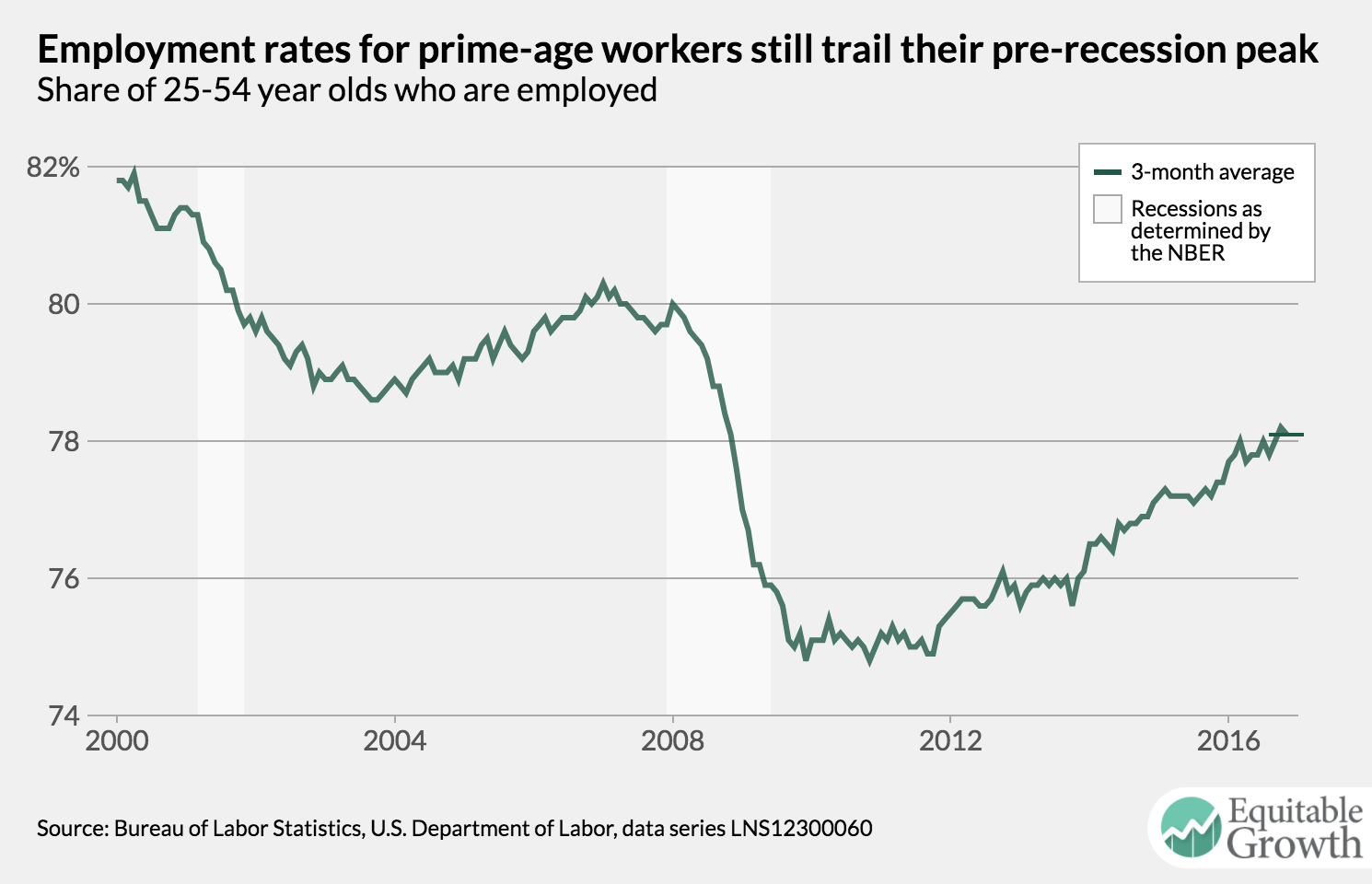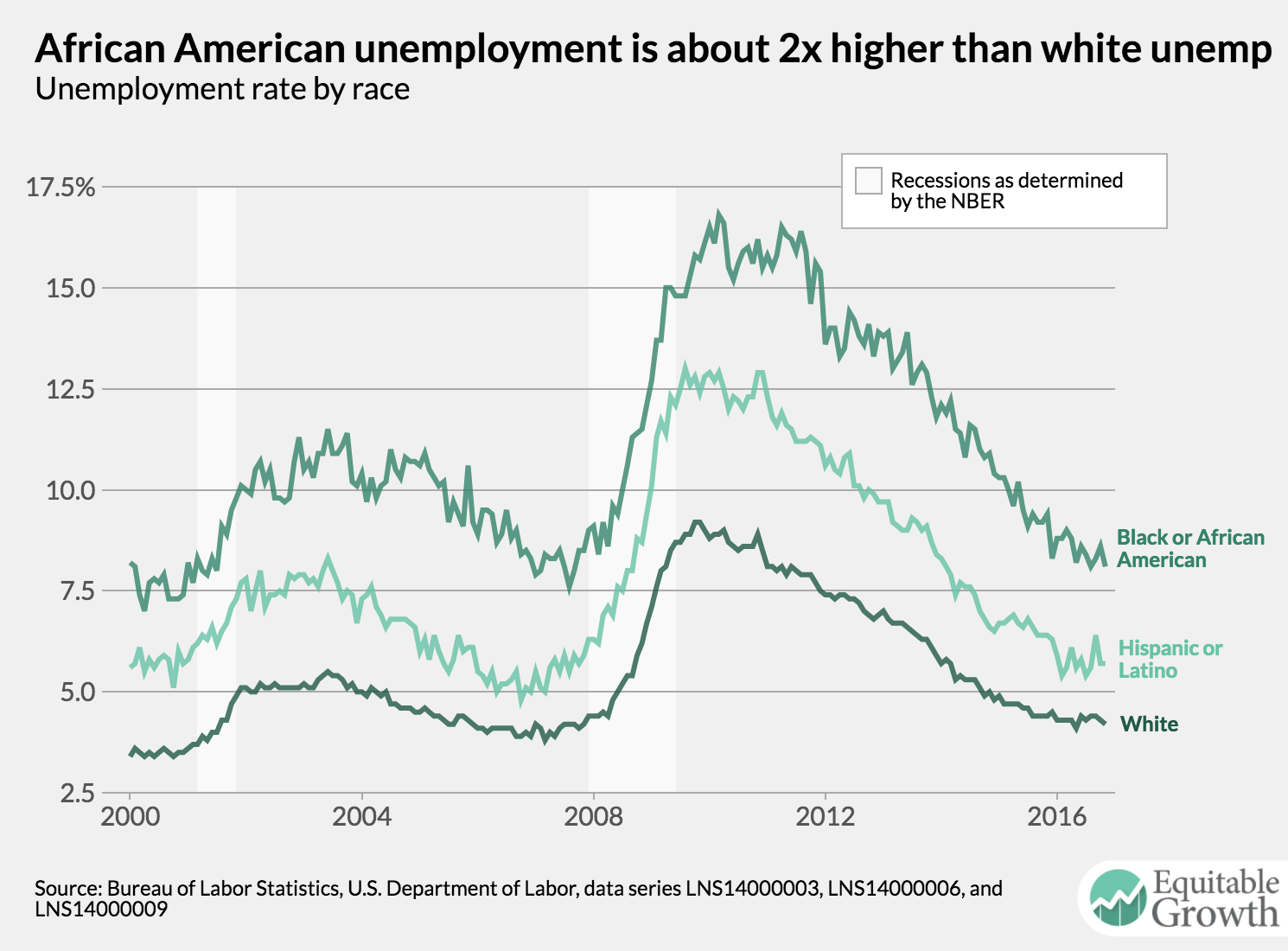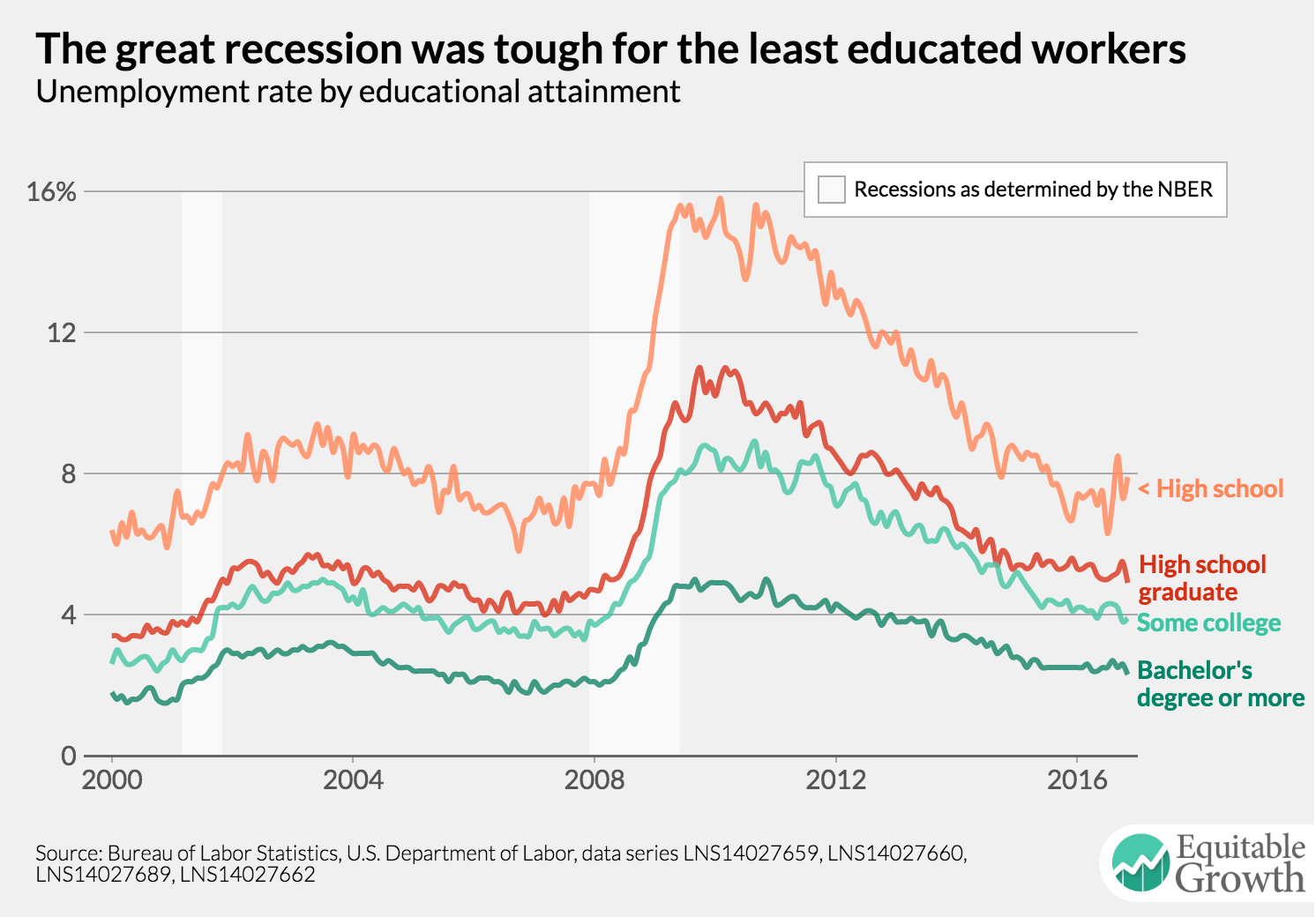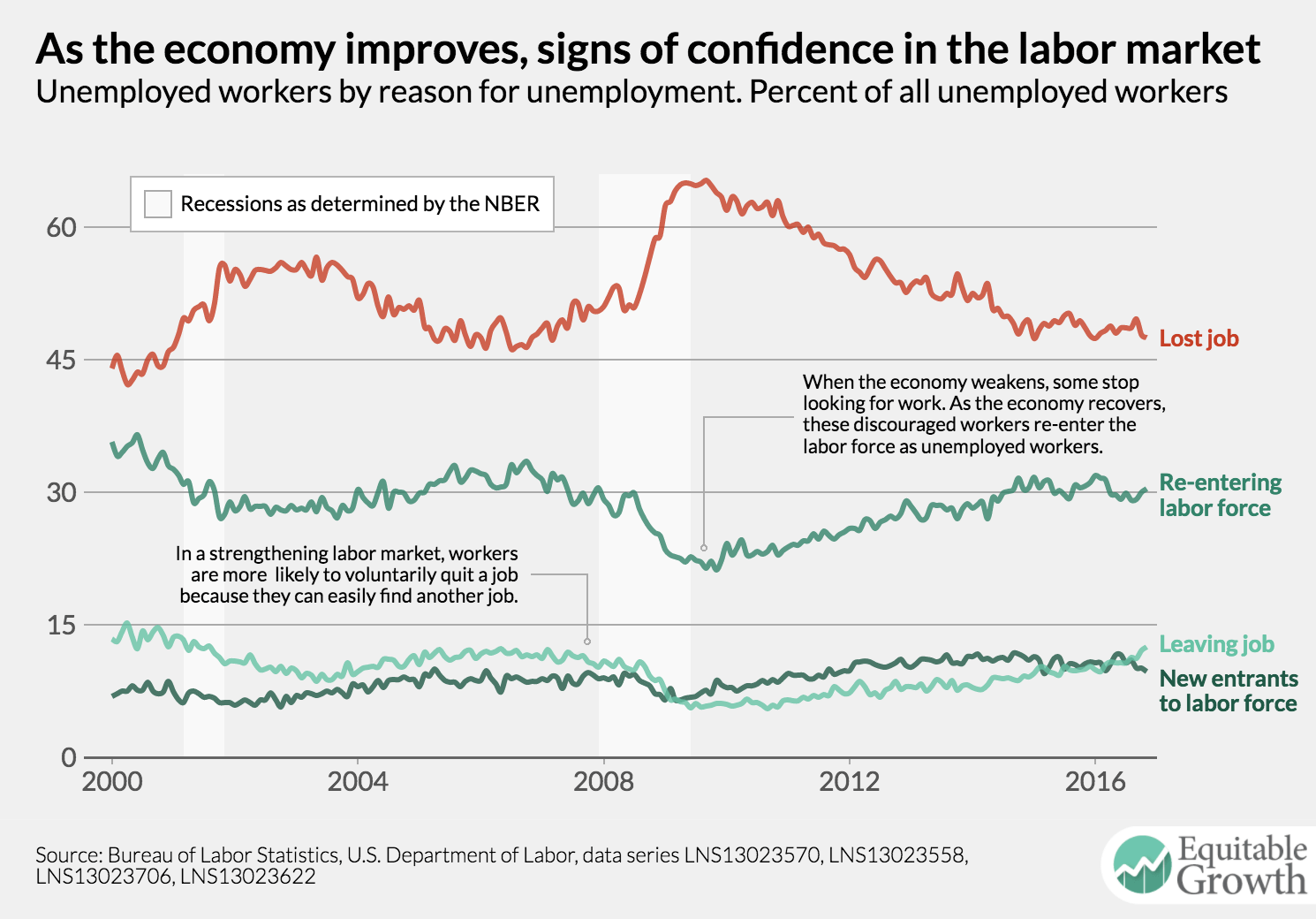Must-Read: James Kwak: The Deduction Fairy: “Incoming Treasury Secretary Steven Mnuchin promised a big tax cut for corporations and the ‘middle class’, but not for the rich…
…“Any tax cuts for the upper class will be offset by less deductions that pay for it,” he said on CNBC. This is impossible. The tax cutting mantra comes in two forms… [1] reducing the overall tax burden on the rich will turbocharge the economy… doing all those other wonderful things that rich people do… [w2] we should lower tax rates to reduce distortions in the tax code, but we can maintain the current level of taxes paid by the rich by eliminating those famous “loopholes and deductions.” Donald Trump the candidate stuck with the former: his tax proposal, as scored by the Tax Policy Center, gave 47% of its total tax cuts to the top 1%, who also enjoyed by far the largest reduction in their average tax rate. Mnuchin’s comment implies that he favors the latter….
When it comes to the truly rich, however, there just aren’t enough deductions out there to eliminate. You can only deduct interest on a mortgage up to $1 million. The fanciest employer-provided family health plan isn’t worth more than $30,000 or so. The aggregate limit for employer retirement plan contributions is around $50,000. At the top end of the wealth hierarchy, where people make millions or tens of millions of dollars per year, these are rounding errors; eliminating these deductions wouldn’t even make up for a reduction in tax rates of a single percentage point…. The biggest tax breaks for the very rich… are the preferential tax rate for capital gains, the deferral of taxes on those gains until you sell the assets, and the step-up in basis at death…. The idea that you can reduce tax rates without reducing the tax burden at the top end of the income distribution is a fantasy on par with the idea that you can increase tax revenue by raising rates—plausible in theory but impossible given current reality. That Mnuchin is taking this line is simply evidence that the Trump administration will try to reconcile a massive tax cut for the rich with their fake-populist rhetoric for as long as possible.
In the end, we know which one will win out.






